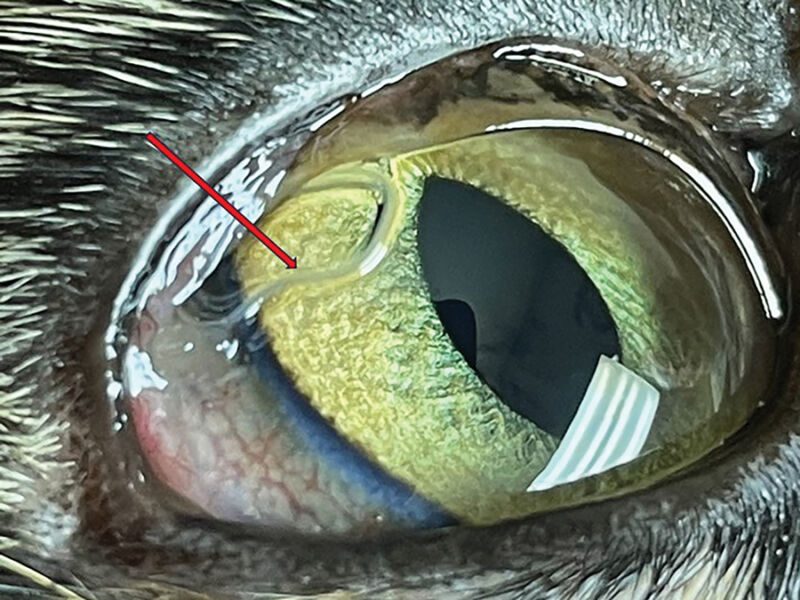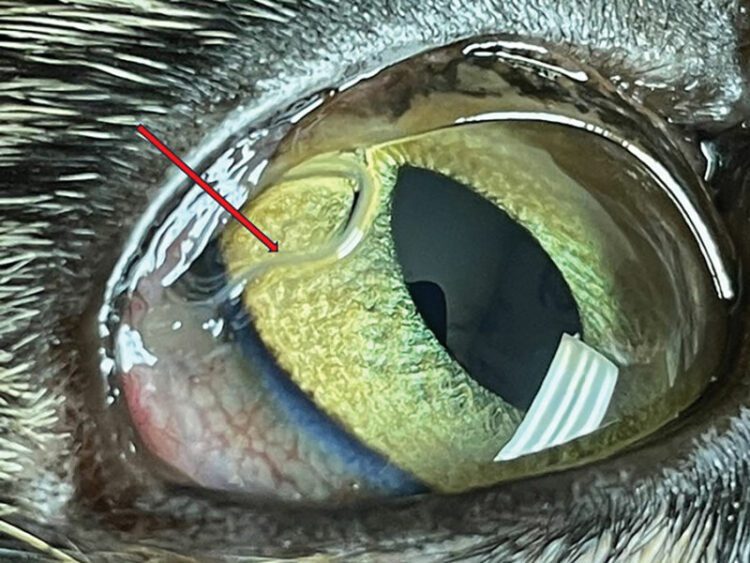
Source link : http://www.bing.com/news/apiclick.aspx?ref=FexRss&aid=&tid=66bd16e62aab4dc0ab0ce39f3876917a&url=https%3A%2F%2Farstechnica.com%2Fscience%2F2024%2F08%2Fexotic-eye-worm-rapidly-invades-us-by-spreading-from-testes-of-fruit-flies%2F&c=14914256622450343960&mkt=en-us
Author :
Publish date : 2024-08-14 07:06:00
Copyright for syndicated content belongs to the linked Source.
